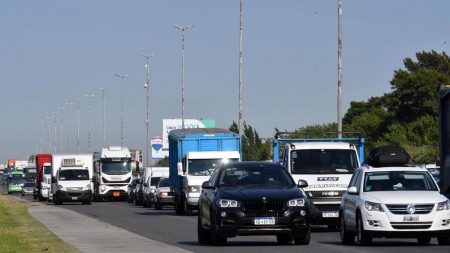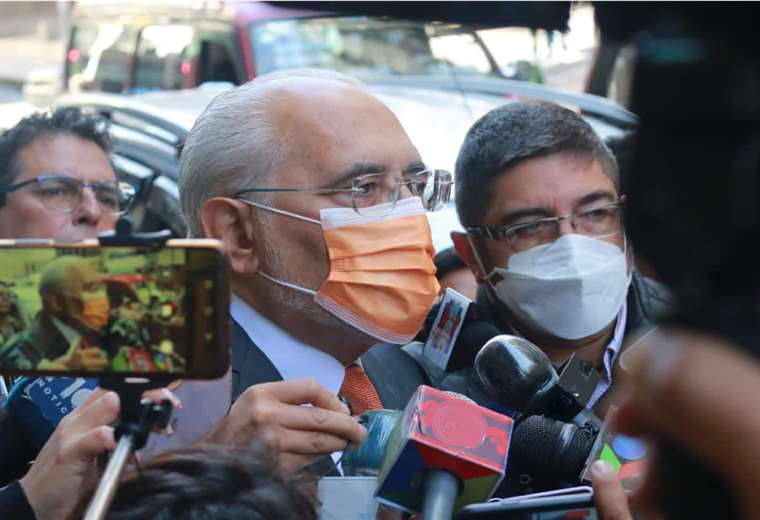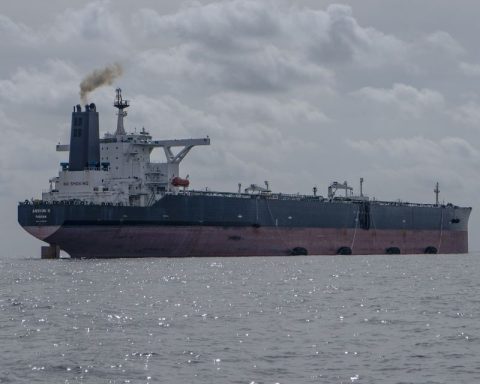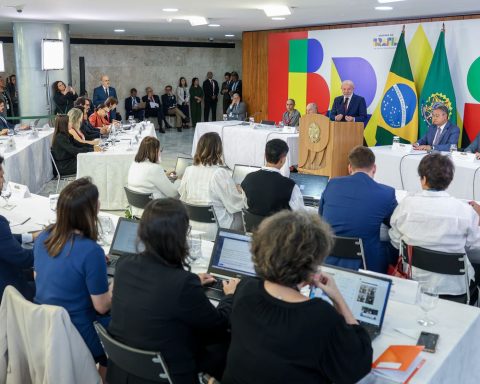More than 2,000 vehicles per hour were circulating this Saturday through the Samborombón tollbooth in Buenos Aires due to the replacement in the first half of January towards the Atlantic Coast, while the routes to Rosario and Córdoba are loaded, as in the area of the Zárate- Long Arm, road sources reported.
Between 10 and 11 a total of 2,090 vehicles passed through Samborombón, in the highway 2, towards the Atlantic coast; 799 did it for him Maipú toll –double that registered at 8- and 2,192 crossed the La Huella tollon the interbalnearia provincial route 11, they told Télam from Autopistas de Buenos Aires (Aubasa).
Meanwhile, in the Route No. 12at the height of Zarate-Brazo Largo Complexvehicular traffic is heavily loaded to the North, with some delays, initially caused by the effects of smoke from the burning of pastures.
Regarding the situation in the Buenos Aires-Rosario and Rosario-Córdoba highway It was reported that they are somewhat loaded but without delays, the same thing that happens with the rest of the routes that go to the different tourist centers of the country.
The Directorate of Roads of the province of Buenos Aires arranged restrict the movement of large vehicles by the Buenos Aires-La Plata highway, highway 2 and five other Buenos Aires routes days Sunday 15 and Monday 16 Januarydue to the tourist exchange towards the Atlantic Coast, it was officially reported.
The restriction of circulation to vehicles of more than seven tons of transport reaches Highway 2, Provincial Routes (RP) No. 11, 36, 56, 63, 74 and Buenos Aires-La Plata Highwaydetailed the official statement, with the aim of facilitating vehicular movement and preventing traffic accidents on tourist routes.
To control the routes, the National Transport Regulatory Commission (CNRT) continues with the Operational Summer 2023 “Travel safely” began on December 19, 2022 and will end on March 1, 2023.
The CNRT deploys the controls through the 116 operational points strategically distributed in the different tourist sites with the highest vehicular influx.
The organization, through its 45 delegations, provincial sub-delegations and operational bases, will be present with 350 agents, 140 cell phones, 250 PDAs (Personal Digital Assistant) for control and 75 breathalyzers.
The Federal breathalyzer anda completed 25 consecutive editions, and is the result of joint work with all jurisdictions in the national territory to control and discourage drink driving.
It is the program of the National Road Safety Agency (ANSV) -a body of the Ministry of Transportation- through which the 23 provinces, CABA and hundreds of municipalities throughout the country carry out simultaneous and coordinated breathalyzer controls on drivers of motor vehicles.
















